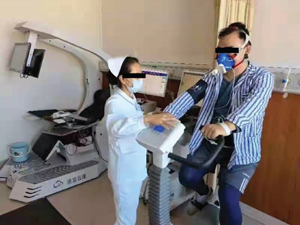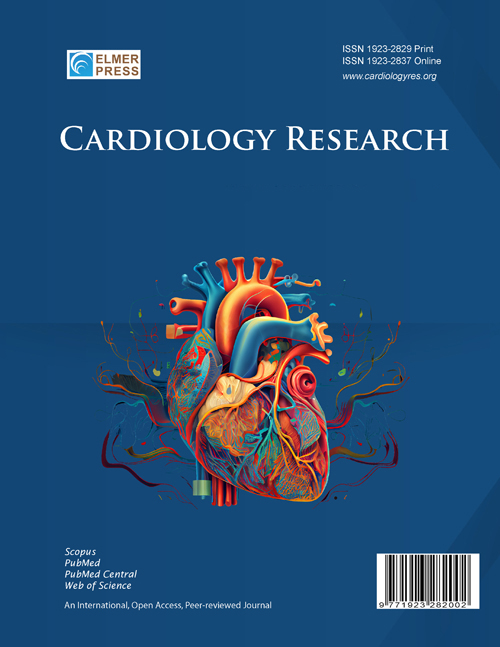Effects of Heart Rate Fluctuation on Aerobic Training Outcomes in Patients With Stable Coronary Artery Disease: A Prospective Study
DOI:
https://doi.org/10.14740/cr1710Keywords:
Coronary artery disease, Exercise intensity, Aerobic exerciseAbstract
Background: This study aimed to evaluate the effects of different heart rate fluctuation ranges during aerobic training on outcomes in patients with stable coronary artery disease (CAD).
Methods: Ninety-seven patients diagnosed with stable CAD were enrolled between March 2017 and December 2019. Participants were randomly assigned to three groups: the control (CON) group, the medium-intensity heart rate small range (MIS) group, and the medium-intensity heart rate large range (MIL) group. The CON group received standard care and patient education, while the MIS and MIL groups underwent personalized rehabilitation training with specific heart rate fluctuation targeted ranges, in addition to standard care. Cardiopulmonary function and exercise performances were assessed using resting heart rate (RHR), maximum heart rate (HRmax), heart rate recovery (HRR), and a 6-min walk test (6MWT) at the baseline and after 16 weeks of training.
Results: The MIS group demonstrated a significant reduction in RHR compared to the CON and MIL groups. While both exercise rehabilitation groups exhibited improvement in HRR, only the MIS group achieved a statistically significant improvement compared to the CON group. Post-training HRmax and 6MWT performance increased in both MIS and MIL groups, with only the MIL group presenting statistical significance compared to the CON group.
Conclusion: Exercise rehabilitation with different training regimens can enhance cardiac function in patients with CAD. Different heart rate modulation strategies yielded distinct effects on cardiopulmonary function. Maintenance of a narrower heart rate fluctuation during exercise was observed to significantly enhance the effectiveness of rehabilitation, which could lead to new treatment protocols or optimization of existing strategies for patients with cardiovascular conditions. The combination of 6MWT and power bicycle training may offer an effective method for improving cardiac function in community-based rehabilitation settings.

Published
Issue
Section
License
Copyright (c) 2024 The authors

This work is licensed under a Creative Commons Attribution-NonCommercial 4.0 International License.










